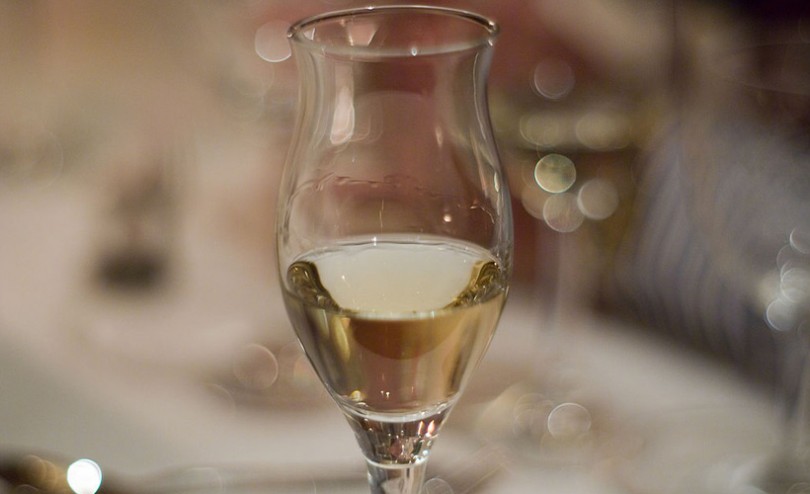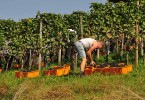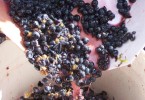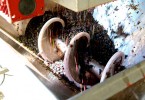The tool of distiller master: the Alembic
The distillation, thus, is a delicate operation that take place based on the experience of the distiller master.
Becoming distiller master
The distiller master is pretty similar to a maestro. He is able to put together in a single symphony the notes played by different instruments. The instruments alone won’t be enough, but if they play together they create a perfect melody. The distiller master, instead of using his/her hearing, use the sense of smell.
Subjects included in the study plan
first phase involves the analysis of vineyard and cellar conditions. The pomace, in fact, is the fruit of the work done for the production of wine. Care for grapes and must is the basis for obtaining good distillate. The study of microbiology of pomace, in particular, makes it possible to understand whether they are of good quality and without bacterial contamination.
The second phase of the course involves the distillation test. Once the product has been distilled, the product must be stabilized. The refining in barrels or bottles is one of the topics discussed.
When you are familiar with the distillation process you can move to branding. It tries to convey the concept of olfactory complexity to future distillate masters. A vine that has its typical aromatic nature can be cut with another one which exalts its aromas. The participants’ senses are stimulated so that they can create an olfactory bag that will accompany them throughout their course.
The course will be completed with a study of the market and consumers. Tastes and trends vary from year to year, preferring a product compared to another. The master distiller must be able to anticipate trends and be a good communicator.

Legislation for the distillates
A master distiller at the end of the course will be aware of all the rules governing the world of distillation. Starting a distillery involves fulfilling tax obligations towards the state and also knowing how to handle a tax inspection. Ultimately, you will not miss a good preparation on ISO Certification and HACCP.
Imagine source: wikimedia.org







